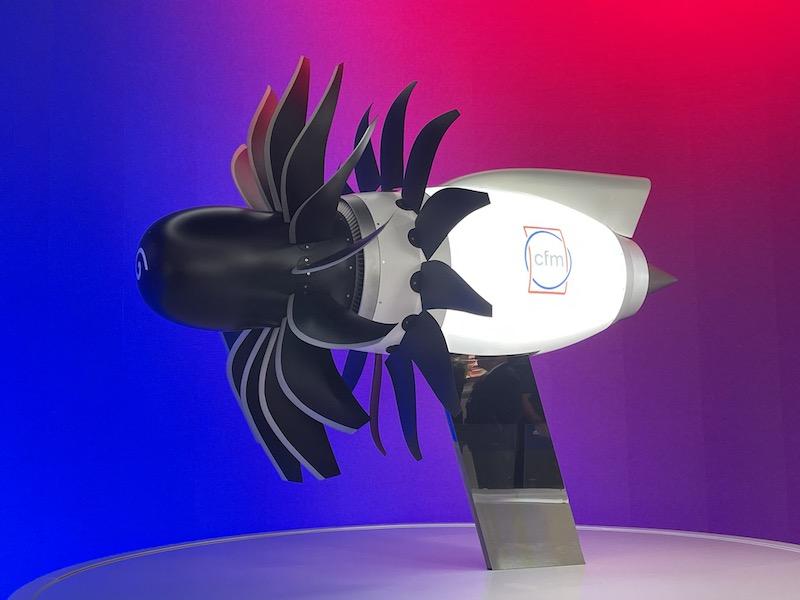
Credit: Guy Norris/Aviation Week
CFM International joint-venture partners GE Aerospace and Safran have completed the conceptual design review for the next-generation RISE (Revolutionary Innovation for Sustainable Engines) open fan propulsion system which targets a 20% improvement in fuel efficiency compared with its current Leap 1...
Subscription Required
This content requires a subscription to one of the Aviation Week Intelligence Network (AWIN) bundles.
Schedule a demo today to find out how you can access this content and similar content related to your area of the global aviation industry.
Already an AWIN subscriber? Login
Did you know? Aviation Week has won top honors multiple times in the Jesse H. Neal National Business Journalism Awards, the business-to-business media equivalent of the Pulitzer Prizes.
